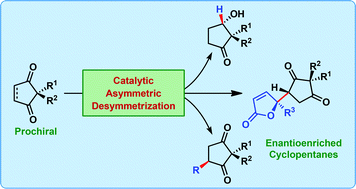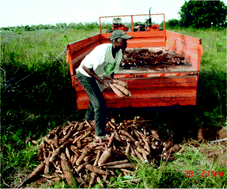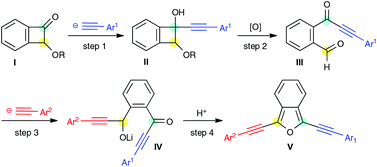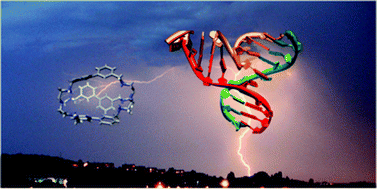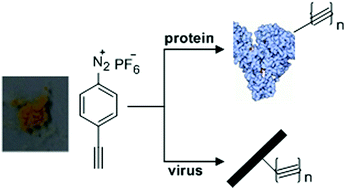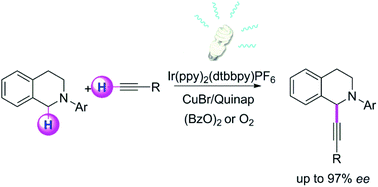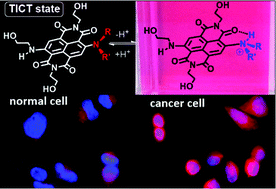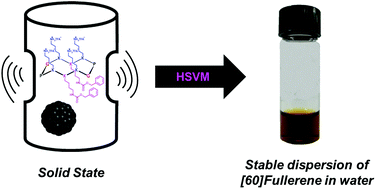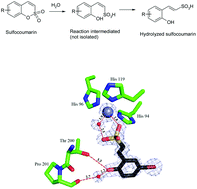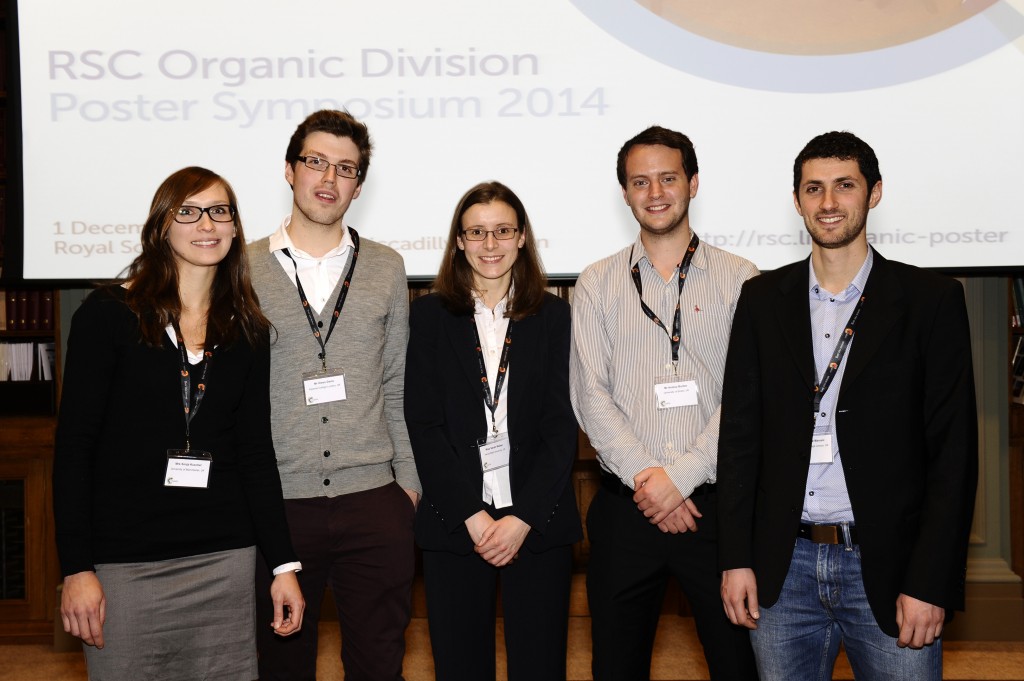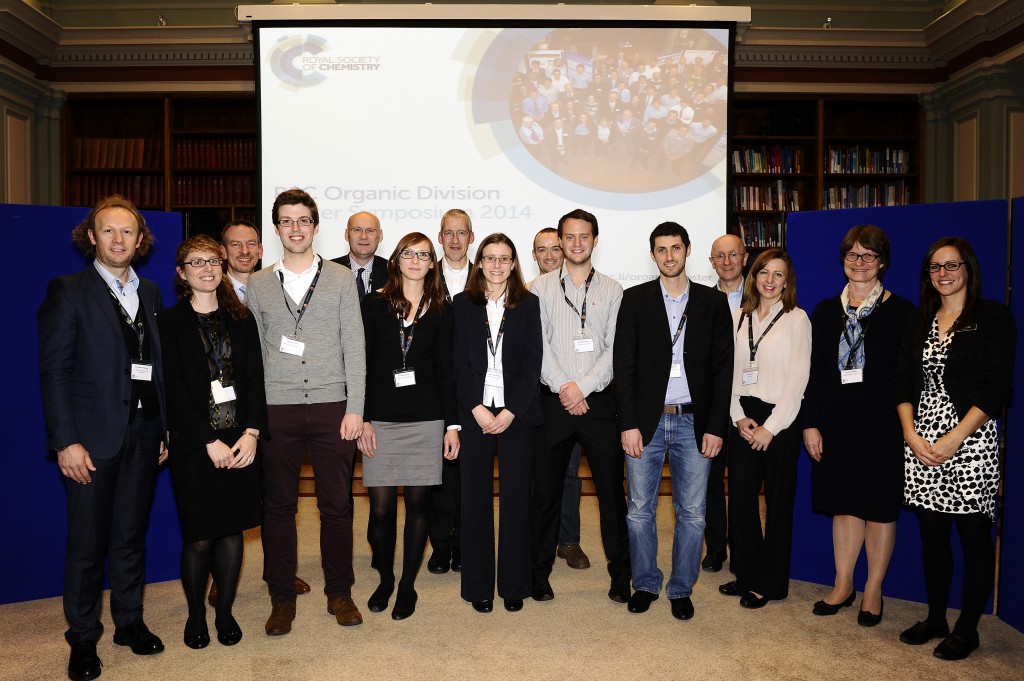The articles below are the most read Organic & Biomolecular Chemistry articles in July, August and September 2014.
Marine natural products-inspired phenylmethylene hydantoins with potent in vitro and in vivo antitumor activities via suppression of Brk and FAK signaling
Asmaa A. Sallam, Mohamed M. Mohyeldin, Ahmed I. Foudah, Mohamed R. Akl, Sami Nazzal, Sharon A. Meyer, Yong-Yu Liu and Khalid A. El Sayed
DOI: 10.1039/C4OB00553H
Watsonianone A–C, anti-plasmodial β-triketones from the Australian tree, Corymbia watsoniana
Anthony R. Carroll, Vicky M. Avery, Sandra Duffy, Paul I. Forster and Gordon P. Guymer
DOI: 10.1039/C2OB26931G
Pyridostatin analogues promote telomere dysfunction and long-term growth inhibition in human cancer cells
Sebastian Müller, Deborah A. Sanders, Marco Di Antonio, Stephanos Matsis, Jean-François Riou, Raphaël Rodriguez and Shankar Balasubramanian
DOI: 10.1039/C2OB25830G
Synthesis, characterization and biological evaluation of carboranylmethylbenzo[b]acridones as novel agents for boron neutron capture therapy
A. Filipa F. da Silva, Raquel S. G. R. Seixas, Artur M. S. Silva, Joana Coimbra, Ana C. Fernandes, Joana P. Santos, António Matos, José Rino, Isabel Santos and Fernanda Marques
DOI: 10.1039/C4OB00644E
Organic synthetic transformations using organic dyes as photoredox catalysts
Shunichi Fukuzumi and Kei Ohkubo
DOI: 10.1039/C4OB00843J
Copper-catalysed direct radical alkenylation of alkyl bromides
Xu Zhang, Hong Yi, Zhixiong Liao, Guoting Zhang, Chao Fan, Chu Qin, Jie Liu and Aiwen Lei
DOI: 10.1039/C4OB00813H
Metal-free oxidative olefination of primary amines with benzylic C–H bonds through direct deamination and C–H bond activation
Liang Gong, Li-Juan Xing, Tong Xu, Xue-Ping Zhu, Wen Zhou, Ning Kang and Bin Wang
DOI: 10.1039/C4OB01025F
Recent advances in trifluoromethylation of organic compounds using Umemoto’s reagents
Cai Zhang
DOI: 10.1039/C4OB00671B
An efficient route to synthesize isatins by metal-free, iodine-catalyzed sequential C(sp3)–H oxidation and intramolecular C–N bond formation of 2′-aminoacetophenones
Venkatachalam Rajeshkumar, Selvaraj Chandrasekar and Govindasamy Sekar
DOI: 10.1039/C4OB01564A
Amino acid chirons: a tool for asymmetric synthesis of heterocycles
Priyanka Singh, Krishnananda Samanta, Sanjit Kumar Das and Gautam Panda
DOI: 10.1039/C4OB00943F











